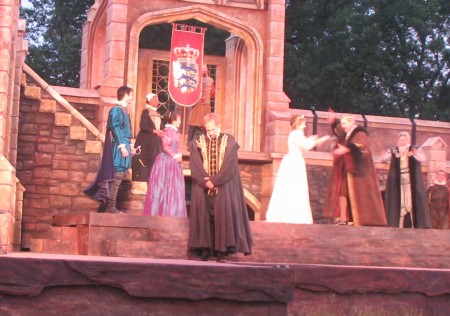Sparking curiosity with the Toilet Paper Timeline, then following up with the beautifully drawn Cartoon History of the Universe seemed to work pretty well to keep students interested and engaged in their work. However, in putting it all together in their presentations we needed a simple graphic organizer to point out the highlights.
The History of Life on Earth timeline I put together to start with gives the broad overview, but we need to telescope the Cambrian to observe the really interesting, broad patterns in the evolution of multicellular life.
There are two key ideas I want students to get from these exercises. The first is what the Montessori lessons call the Gifts of the Phylum, which boils down to the fact that different Phyla represent major milestones in evolutionary development. For example, Cnidaria, the phylum of jellyfish, are important evolutionarily because they mark the emergence of organisms with endoderms and exoderms.
The second important concept regards the cycles of extinction and diversification that can be found in the fossil record. Dinosaurs emerge after the Permian-Triassic extinction event and diversify; large and small species, carnivorous and herbivorous, land based and ocean based. Similarly, after the Cretaceous-Tertiary extinction wipes out the dinosaurs, mammals take over and diversify to fill all the empty niches; elephants and mice, tigers and gazelles, rinos and whales.






